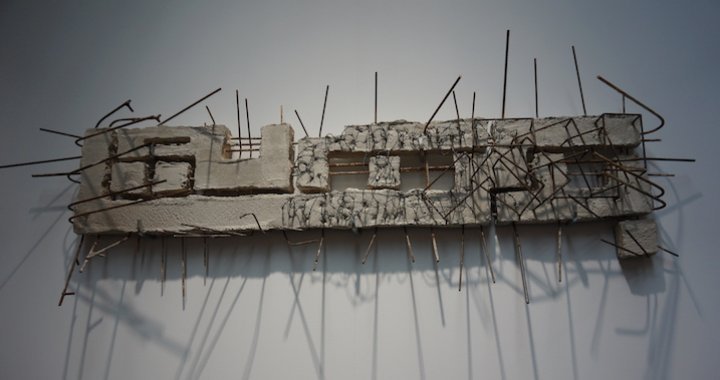
Art Berlin 2017, a Map of Sensations
22/09/2017
Photo: Elina Ije
14 September 2017 saw Art Berlin, a new modern and contemporary art fair, open its door for the very first time. During the four days of the forum, 110 international art galleries from 16 countries welcomed some 33 000 visitors. Alongside the main programme of events, anyone interested had plenty of opportunities to visit artists’ studios and series of talks, as well as presentations by galleries represented at the art fair, held at various venues elsewhere in the city.
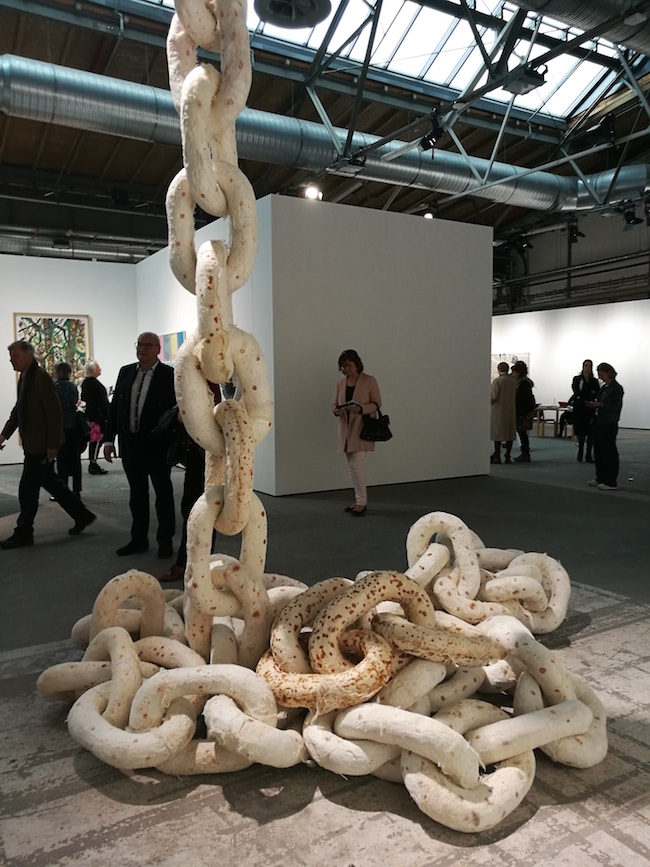
Azade Köker Entkettet (2017). Zilberman Gallery (Berlin, Istanbul)
Speaking at the press conference, Maike Cruse, Director of the former abc ‒ art berlin contemporary and the Gallery Weekend, and Daneil Hug, Director of Art Cologne, assured media representatives that through combining the strong points of Art Cologne and the experimental character of abc, new perspectives would open up for the Berlin art scene.
The programme of Art Berlin clearly demonstrated an excellent middle ground between the two partners. The venue had remained the same: the new art fair had found its home in the pavilion of the old Gleisdreieck railway station, close to Berlin’s most important gallery districts. The open-space concept of its predecessor, abc, had been left behind, and the exhibition halls were filled with rows upon rows of white gallery walls. Owners of art galleries admit that there was a certain charm to the hybrid concept of abc that used to be somewhat reminiscent of the way space was perceived at the Unlimited section of Art Basel. However, over time, the question of ways of showing photographs alongside installations and objects arose, and the need for an actual exhibition wall became one of the reasons behind the identity crisis experienced by abc.
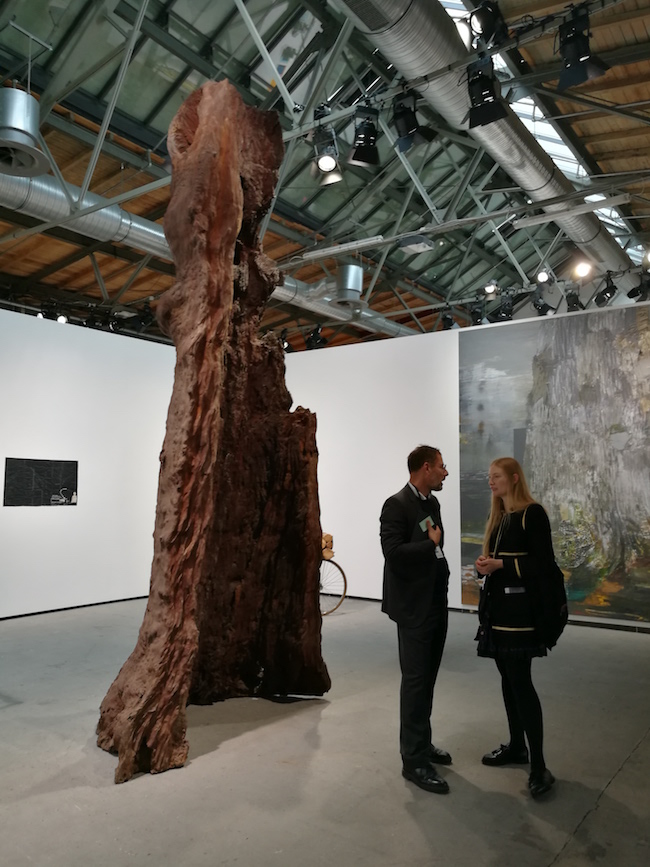
Ai Wei Wei at Galerie neugerriemschneider (Berlin)
The curators had been given a free hand; the requirement for dedicating the display to a single artist was no longer enforced; nevertheless, 30 of the 112 galleries represented at the art fair had remained true to abc’s solo show tradition.
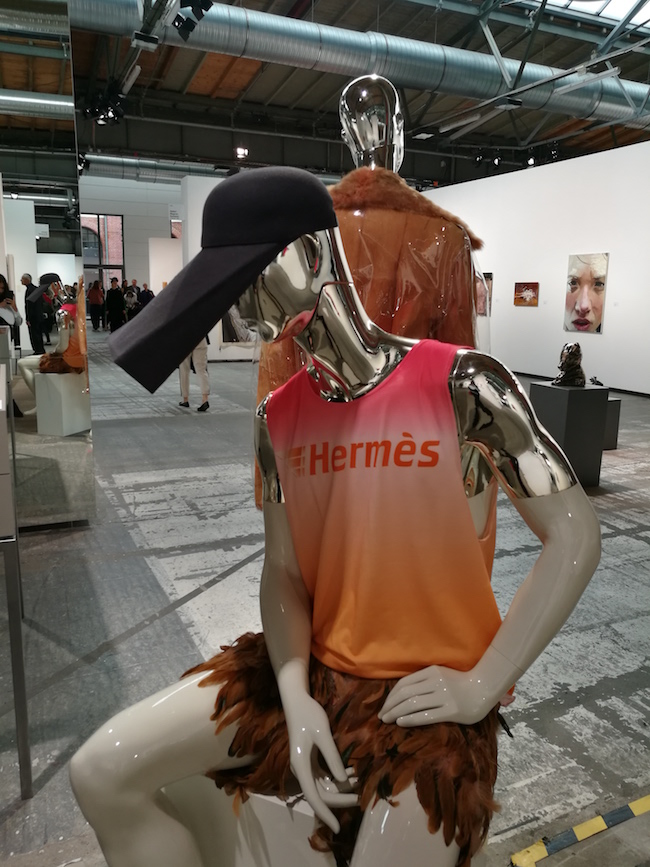

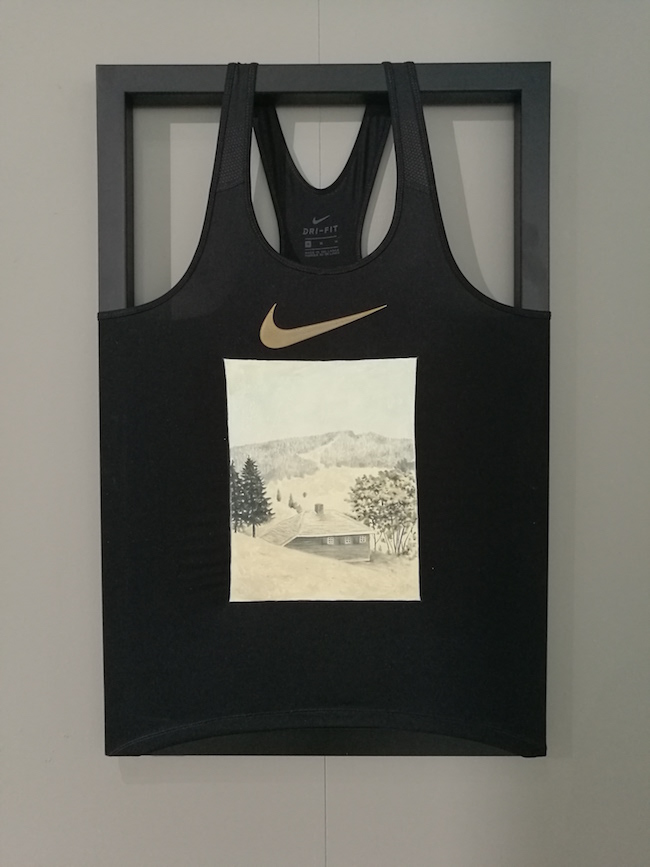
Michael Müller. The Garten der Freundschaft line of recycled clothing www.oooooooo.life brand. Galerie Thomas Schulte (Berlin)
A pop-up store? The Hermès luxury brand or the jersey uniform of the German Hermes delivery company? What happened to the art gallery? One of the most memorable presentations was the project by conceptual artist Michael Müller (Galerie Thomas Schulte, Berlin), dismantling the boundaries between commerce and art.

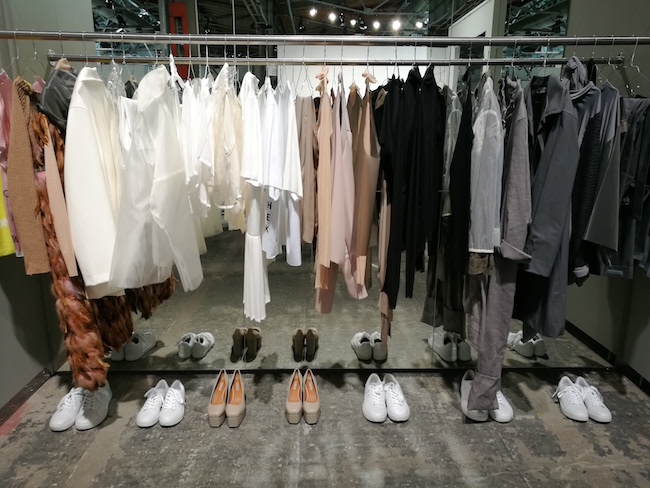
The Garten der Freundschaft line of recycled clothing by the unpronounceable ‘oooooooo’ (www.oooooooo.life) brand (boasting an almost equally unmemorizable logo) was created in association with designer Vladimir Karaleev. In Müller’s hands, fashion is a medium that lends itself to discussions on social, conceptual and market economy mechanisms that determine the value of art.

Molecular Sculpture by Thomas Feuerstein at Sexauer Gallery (Berlin)
Sexauer Gallery (Berlin) presented a solo show by the Austrian artist Thomas Feuerstein ‒ a laboratory conceptually based around the content of a small capsule mounted behind glass. Feuerstein’s molecular sculpture is made from synthetic hallucinogen extracted from algae and fungi. The organic matter is pumped into glass sculptures where, as a result of a chemical process, a synthetic hallucinogen ‒ psilamine ‒ is produced. Instead of being under the influence of the hallucinogenic drug, the viewer only imagines it.
Another essential contribution by Art Cologne, as stated in the title, was the category of modern and post-war art. The more affluent among art lovers could treat themselves at the Galerie Klaus Benden (Cologne) stand to works by Andy Warhol and Roy Lichtenstein, a pleasure that would set them back, accordingly, EUR 12 000 or 9000. Financially the bar in this category was set much higher than the average price of works on sale at the art fair. Also thanks to Koelnmesse, the ‘small’ recently founded galleries that could not qualify for participation at abc ‒ although frequently presenting an outstanding show ‒ were welcomed at the art fair.
Two years ago, the ranks of Berlin art galleries were joined by the Katharina Maria Raab art space, this year’s nominee for the Award of the Association of Berlin Merchants and Industrialists (VBKI) and Association of Berlin Galleries (LVBG) for the exhibition mounted for the Berlin Art Week. At the art fair, the gallery presented a selection of mutually complementing works by various artists. The central spot in the display was taken by a piece by the Syrian-born artist Manaf Halbouni ‒ a brutalist concrete object asking a rhetoric question in Arabic script: ‘Do you want freedom?’ (Wollt ihr freiheit?). Pierced by steel rods, it is entwined by a tangle of barbed wire. The author of the work offers the viewer a string of keywords: power, imprisonment, ruins and… a building site.

Roy Lichtenstein. Temple (1964). Galerie Klaus Benden (Cologne)
See you again, Art Berlin!
Visiting with certain reservations, yet also with high expectations, an event that was taking place for the first time, familiar sensations alternated with surprise. It almost seemed like you had been here before, and yet it certainly was the first time… An insiders’ crowd where small talk about this, that and the newly-founded art fair was exchanged between colleagues who hadn’t met for some time. It was also quite easy for a newbie to mingle in and mix with the rest. Unlike the tiresome pretence and inflated egos of the big galleries at Art Basel, the gallerists and guests ‒ most of whom had made their way to Art Berlin by bike ‒ felt easy and at home here.
As you drifted along with the steady stream of visitors, it was almost impossible to pass the gallery stands without paying any attention. The gallerists had truly made an effort to make Art Berlin a special event by showing only what they deemed the best, the most striking, the most controversial… The only thing missing was a few handfuls of glitter scattered at the stands to guarantee full attention from the visitors. Size XXL works filled the space vertically. Galerie neugerriemschneider showed a tree-trunk sculpture by the Chinese artist Ai Weiwei. Zilberman Gallery (Berlin, Istanbul) presented the large-scale installation Entkettet (2017) by Azade Köker.
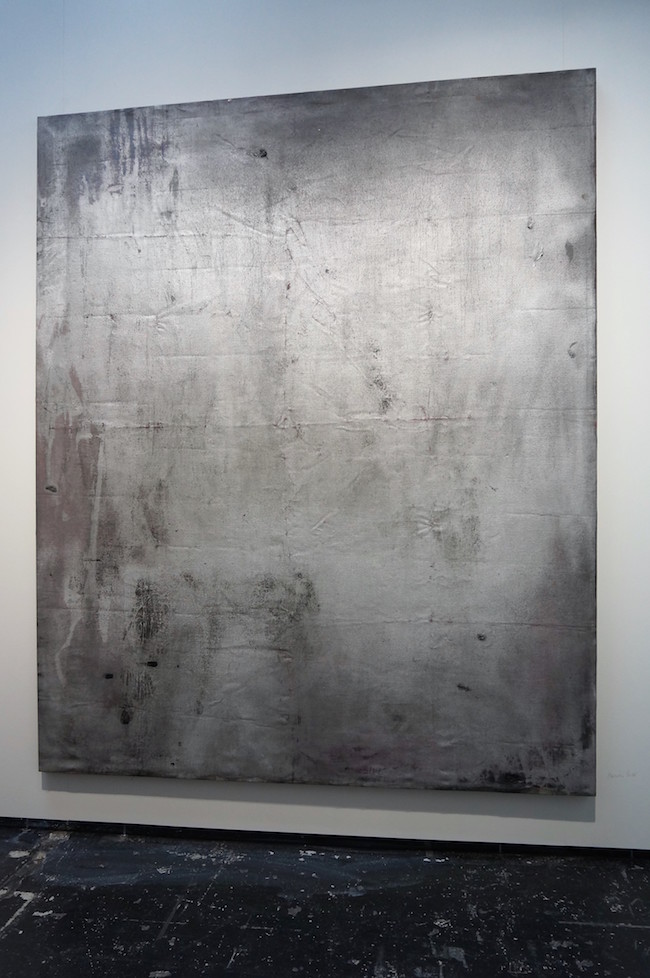
Maximilian Rödel. Tonys Theme (2017). Fiebach-Minninger Gallery (Cologne)
The mini-version of the Fiebach-Minninger Gallery (Cologne) definitely demanded a second glance. Viewing the large-scale work Tonys Theme (2017) by Maximilian Rödel, a representative of the younger generation of German abstract painters, was a powerful aesthetic experience. It is a piece that speaks to the viewer very directly yet delicately. The monumental size, as well as the genuinely monumental sensation evoked by the painting, left a lasting impression. The depth of this abstract painting is the right place for contemplating the reflection of your own soul. As you let your gaze slide freely over the surface of the canvas, one by one the marks left by time and nature ‒ and staged by the artist ‒ are revealed: a bend here, a horizontal line, scratch or smear there. The monochrome canvas is not actually so uniform after all, and from the depth of the grades of metallic tones blue and pink shades start to appear. The artist had wanted to involve the elements in the process of making this particular piece, and, according to him, the painting was completed by winter, leaving on the canvas a special narrative of its own.